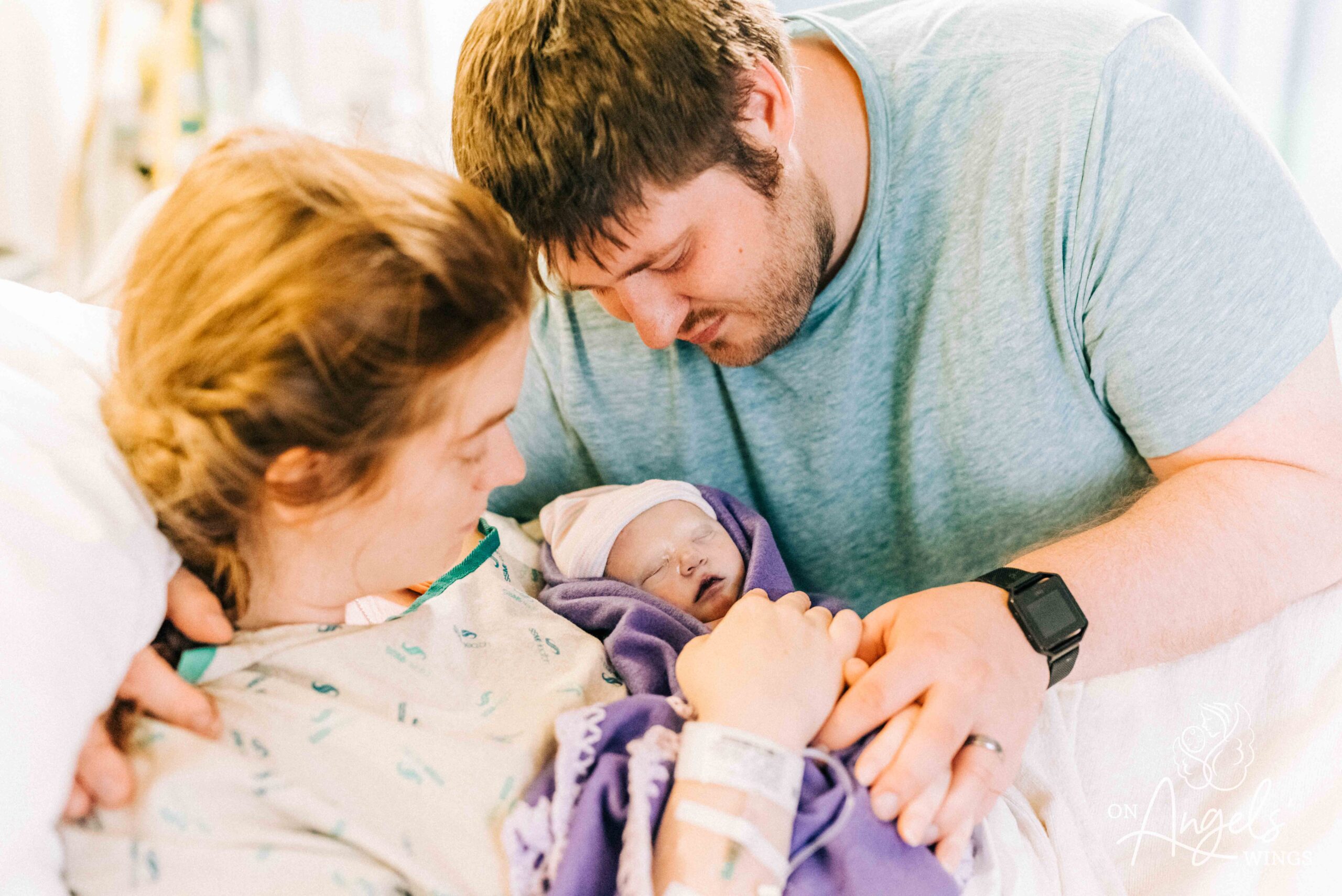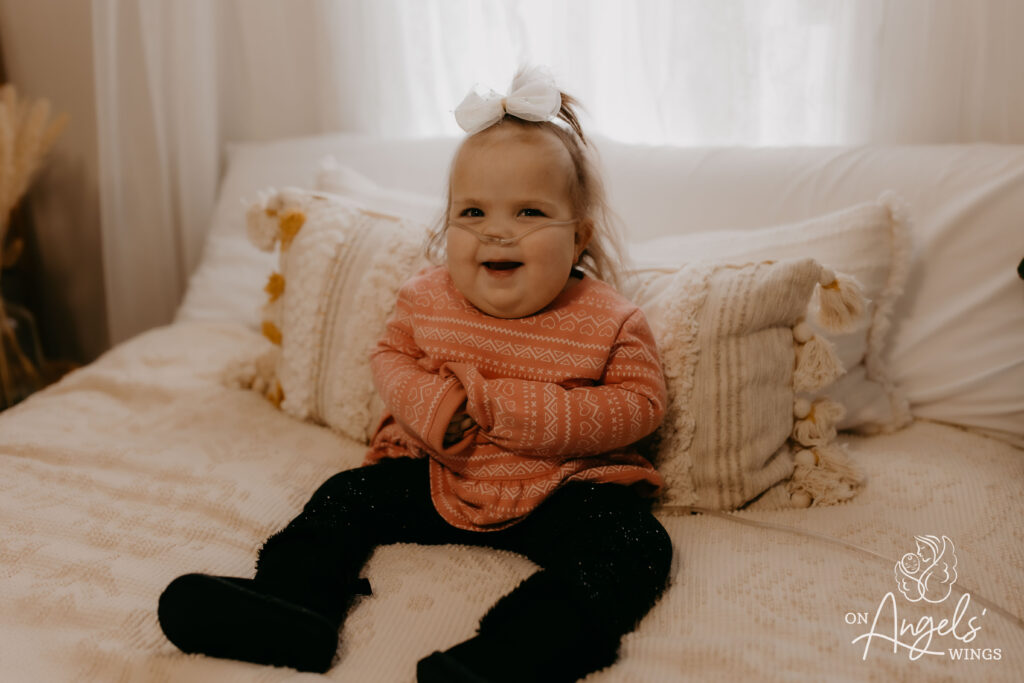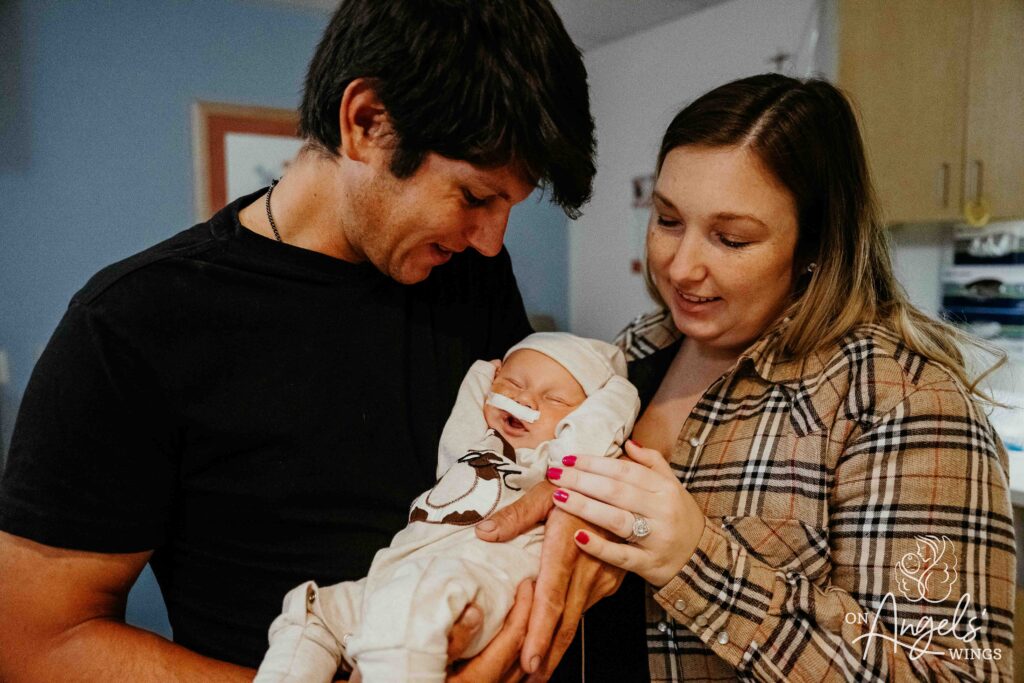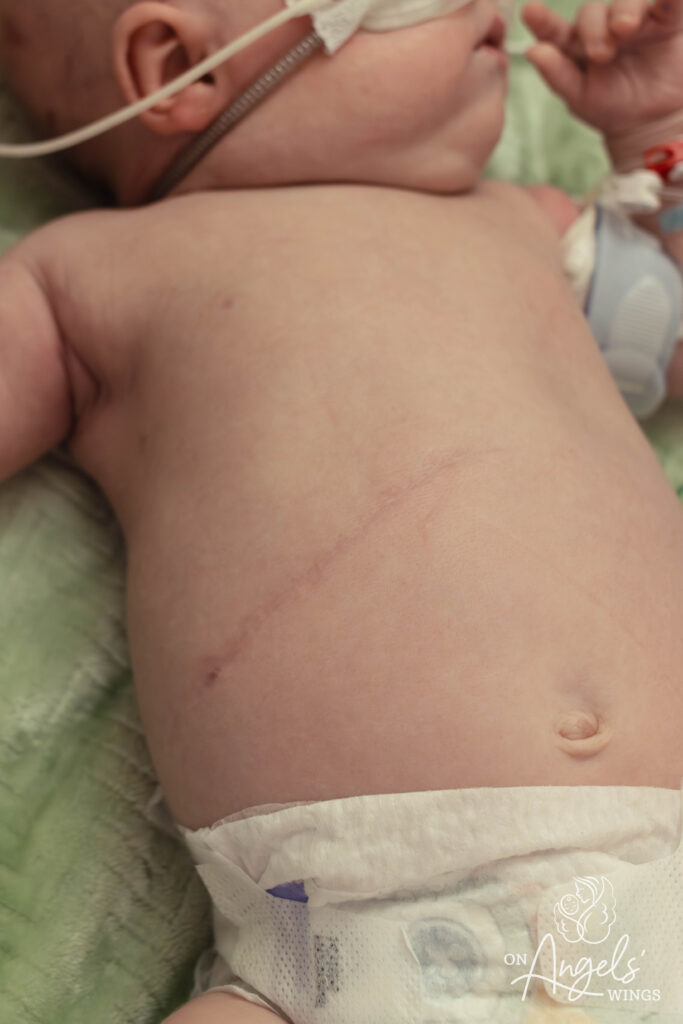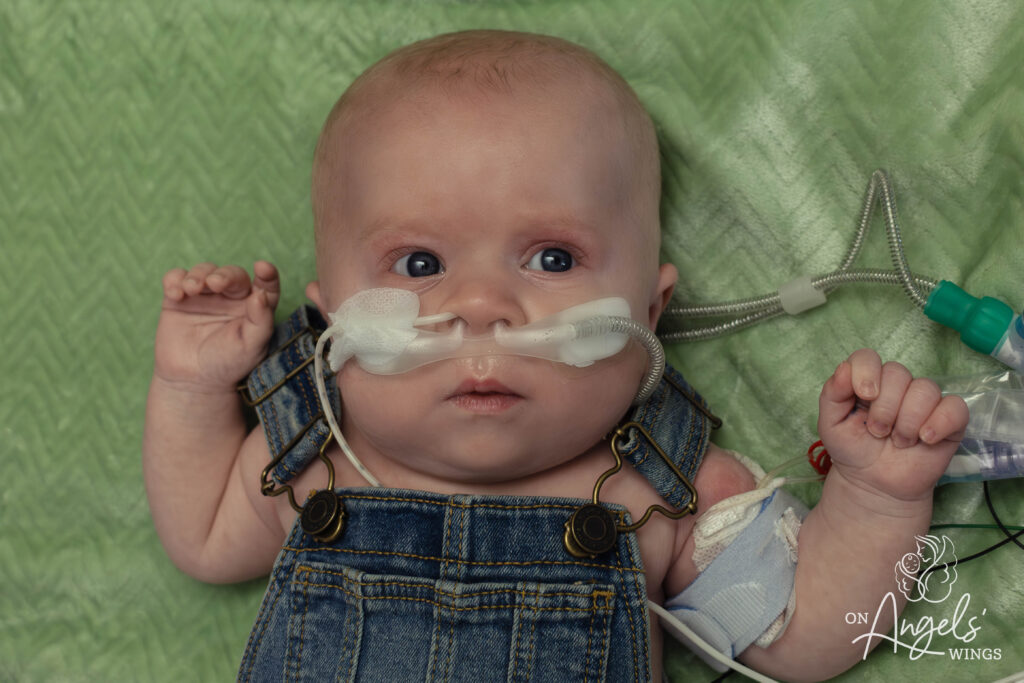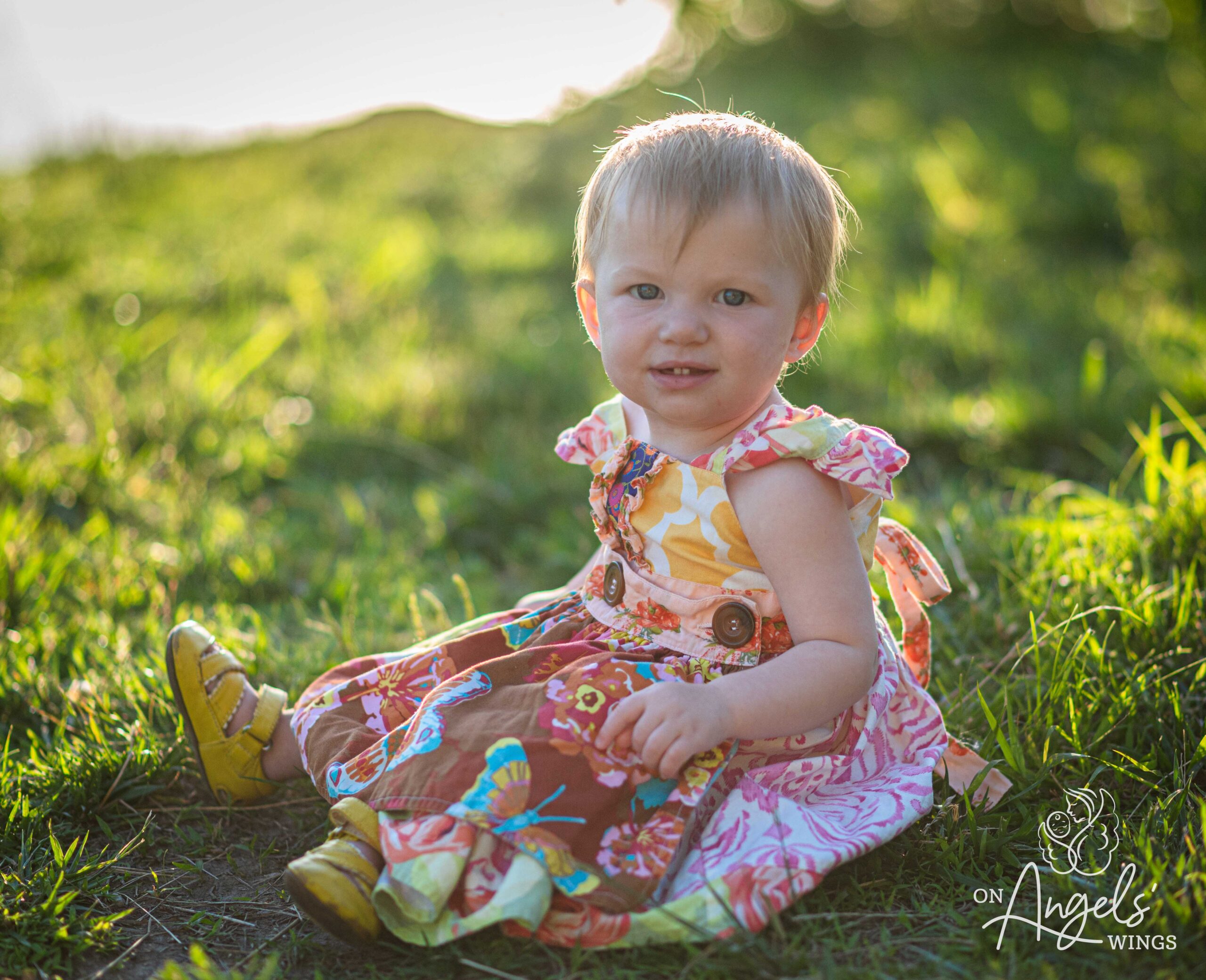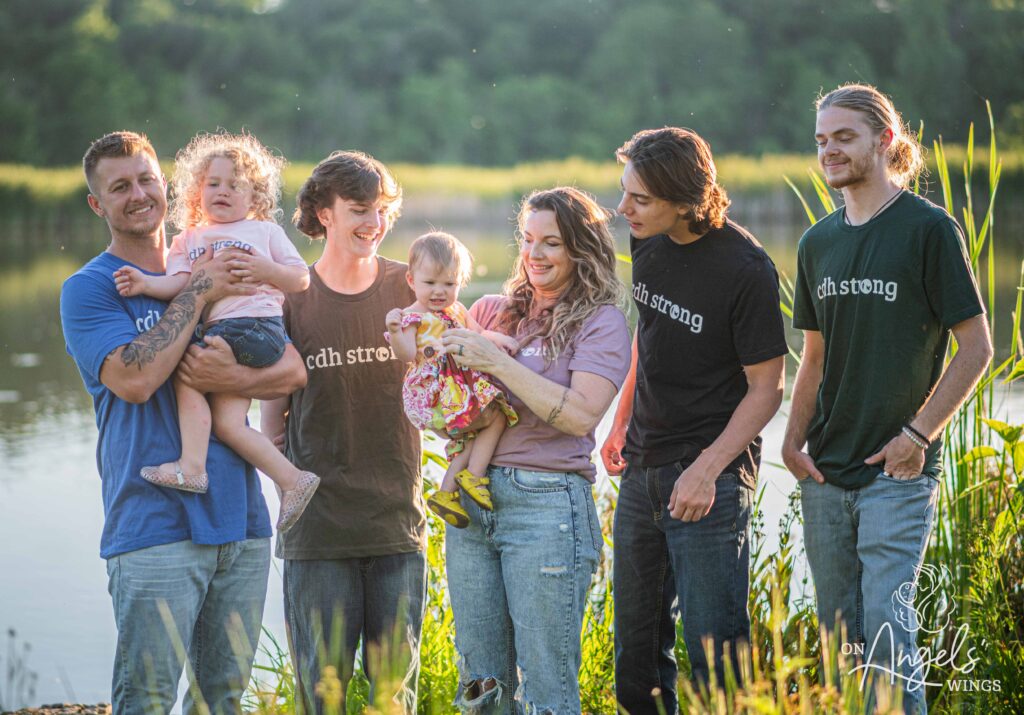By Seraine Page
What exactly is a congenital diaphragmatic hernia, and how does it impact a newborn’s health?
Congenital diaphragmatic hernia (CDH) is a serious birth defect that occurs when there is an abnormal opening in the diaphragm, the muscle that separates the chest and abdomen.
This condition allows organs from the abdomen, like the stomach or intestines, to move into the chest cavity and impacts lung and heart development and function. Understanding this condition is crucial for early diagnosis and intervention, as it often requires surgical treatment and ongoing care.
Below, read more about CDH, including how it is diagnosed, what complications there are, and the treatment options available.
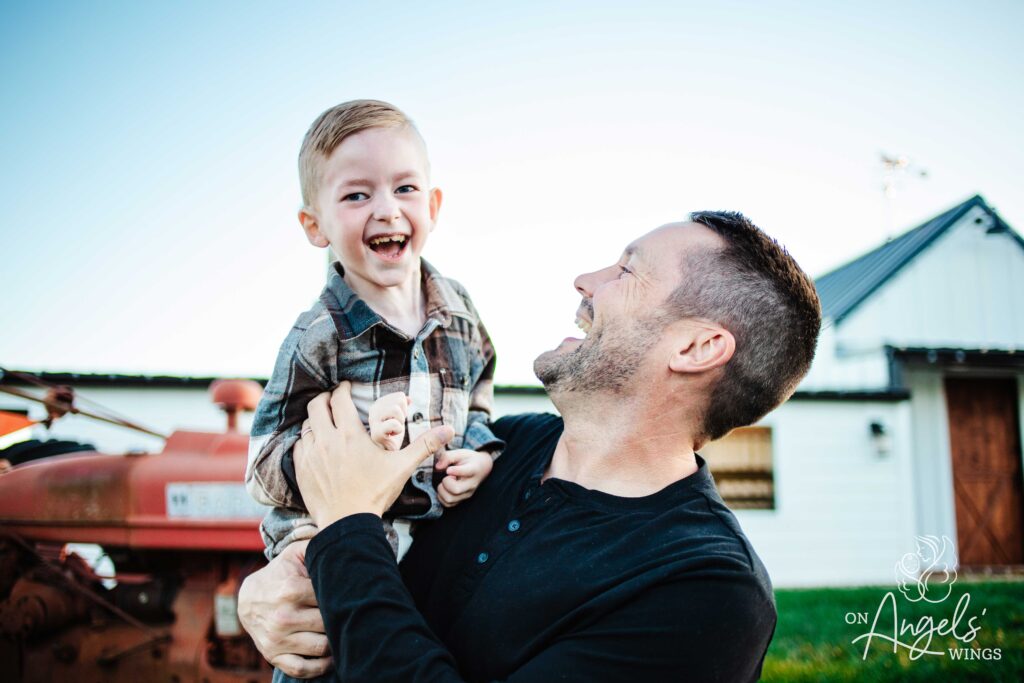
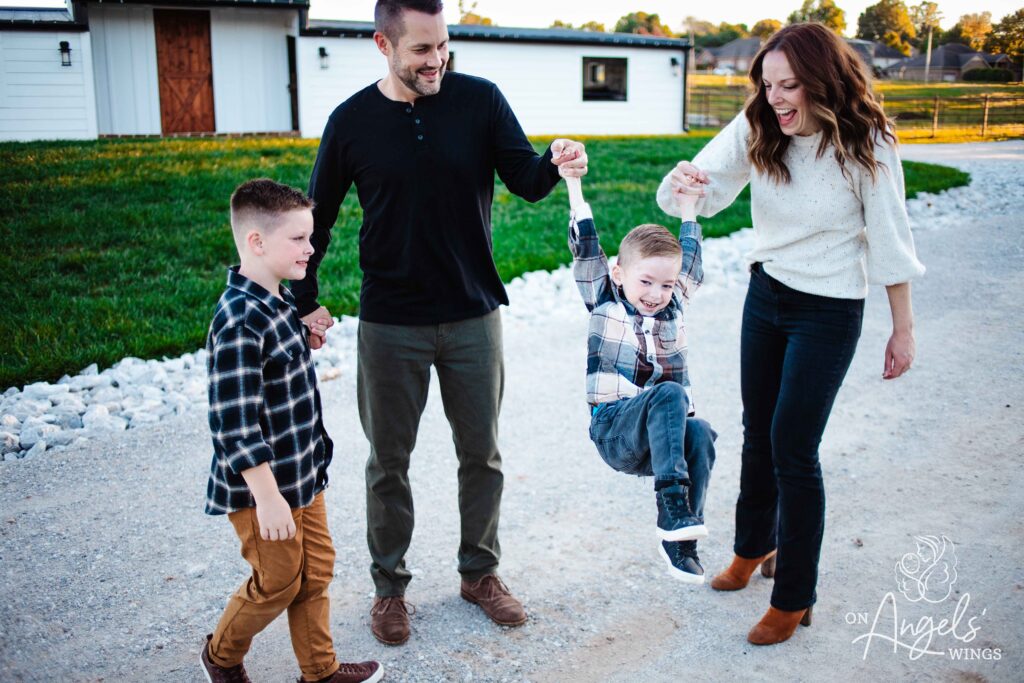
What is Congenital Diaphragmatic Hernia?
Congenital diaphragmatic hernia (CDH) occurs in the womb when a baby’s diaphragm (the muscle that separates the chest and stomach) develops with a hole. Generally, 85% of the defects happen on the left side. The condition can also happen on the right side. Rarely, it occurs on both sides.
CDH occurs in an estimated one of every 2,200 births in the United States.
Related CDH Story — Samuel: Such a Joy
After Birth CDH Signs and Symptoms
CDH can range from mild to severe for babies. In severe cases, oxygen doesn’t reach the rest of the body and impacts various bodily functions.
Babies with the condition may have:
- Heart development issues
- Breathing difficulties due to smaller lungs
- Pulmonary hypertension, a high blood pressure condition
- Damaged stomach, liver, or intestines (if pushed through the hernia)
- Abnormal development of additional organs, such as the spleen
Additionally, at birth, babies may have rapid heart rates, abnormal breathing, “weak breath sounds,” and blue discoloration due to oxygen deprivation.
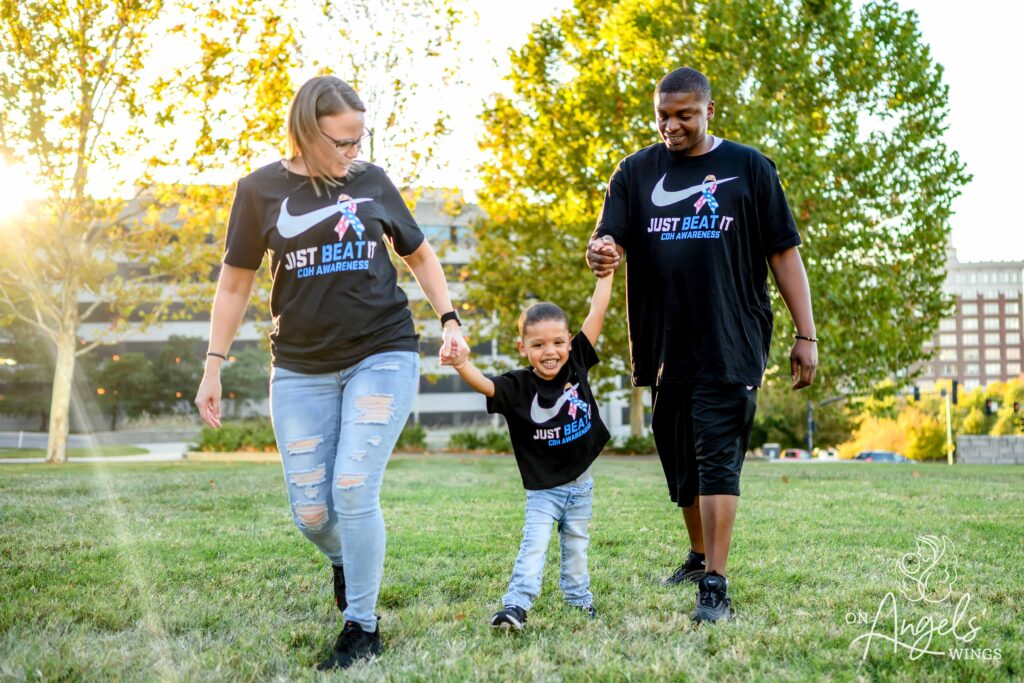
Complications
Those born with CDH may experience a variety of complications, from aspiration pneumonia to chronic lung disease. Most babies will have underdeveloped lungs, which can cause different health conditions. Speak with your child’s doctor to learn about treatment options.
CDH complications may include:
- Lung infections – Babies with CDH have underdeveloped lungs, so they may be more susceptible to pneumonia. According to the Cleveland Clinic, this may cause issues throughout their life.
- Feeding difficulties – There’s a potential for struggle with feeding due to digestive organ compression and gastroesophageal reflux (acid reflux). This may require a feeding tube to ensure proper nutrient intake for the baby’s growth. In some cases, GERD surgery may be required to address severe acid reflux issues.
- Developmental delays – Due to early oxygen and nutrient deprivation, some babies may experience delayed development.
- Sensorineural hearing loss – An estimated 25% of babies born with CDH have progressive hearing loss, which means they lose their hearing over time.
It’s important to note that even with a severe CDH diagnosis, more than 70% of babies live with intensive support from the start, according to the University of California San Francisco Fetal Treatment Center.
Related CDH story — Chanse: Stable and Thriving
When is CDH Detected?
During your second trimester, CDH can generally be detected by ultrasound. Sometimes, it’s seen as early as 10-12 weeks or as late as the third trimester of pregnancy. Generally, it’s found during the 20-week ultrasound appointment. On rare occasions, it’s diagnosed after birth.
As your pregnancy progresses, your doctor may recommend:
- High-resolution fetal ultrasound – checks on CDH and overall fetal anatomy
- Ultrafast fetal MRI – shows additional anatomic details about the CDH and lung volume measurements
- Fetal echocardiogram – looks at the heart structure and function
Upon completion of the tests, patients meet with a specialized team of experts to detail a birth plan and care plan post-delivery. This group of specialists may include maternal-fetal medicine specialists, pediatric surgeons, neonatologists, pediatric radiologists, and respiratory therapists.

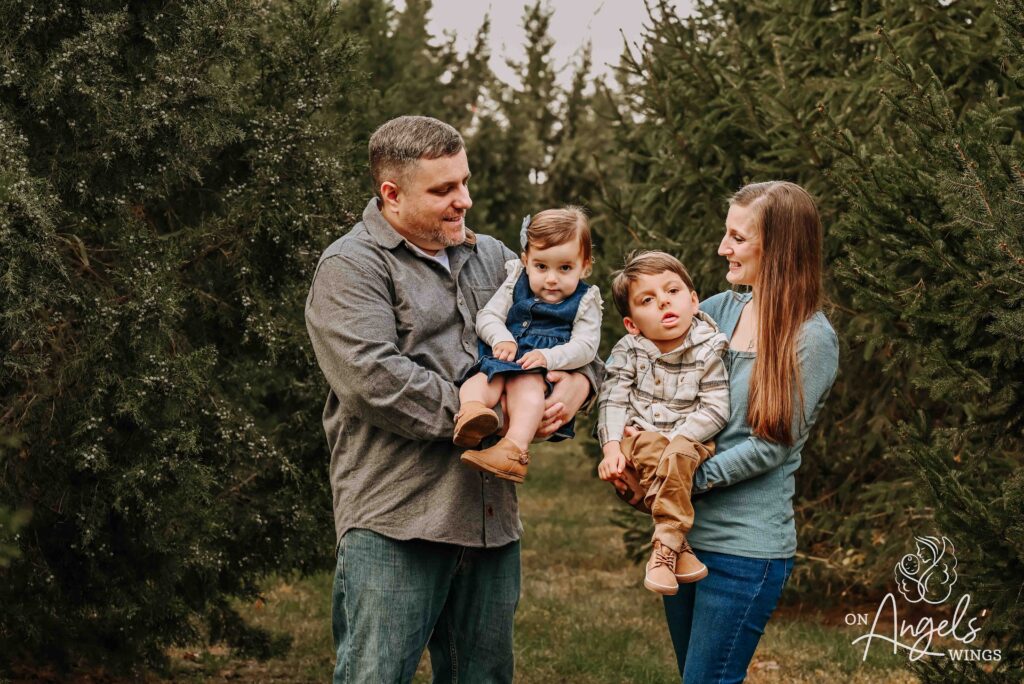
Related CDH Story — Henry : Always Adapting
Birth Delivery Details and Treatment Options for CDH
Upon delivery, the medical team’s most important task is to help babies breathe. This is usually done with the help of certain machines or surgeries. In some cases, a procedure may be done in utero.
Here’s a look at the options:
- FETO Surgery – This pre-birth option is done right around 20 weeks in utero. A detachable balloon inflates and fills the lungs with fluid to improve prenatal lung growth. The surgery takes up to 30 minutes, but expectant mothers are admitted for up to a day. The balloon is removed at 34 weeks. Learn more about the procedure here.
- Breathing machines – Often, these babies need a breathing machine called a ventilator, but severe breathing and heart problems require an ECMO (extracorporeal membrane oxygenation), a type of heart-lung bypass machine.
- EXIT-to-ECMO – This C-section delivery involves slowly removing the baby from the womb with immediate placement onto an ECMO. This process allows the medical team to assess the baby’s condition to see if immediate surgery is necessary. This procedure is thought to improve a baby’s survival, according to Cincinnati Children’s Hospital.
- Surgery – For babies with a severe CDH, surgery is often required in the days or weeks after birth when the baby is stable. The surgery places the abdominal organs in the intended places and includes repairing the hole in the diaphragm. Post-surgery, a baby is put on an ECMO to help the lungs repair.
All of the treatment options focus on promoting healthy lung development in a baby with CDH and providing a better chance for survival.

What is the Survival Rate for CDH?
Early diagnosis is key to improving survival rates. The survival rate for the condition is between 65% to 75%. Those who receive the diagnosis before delivery have a better chance of survival.
The survival rate for fetuses under the FETO procedure is 70% to 80%, according to Mayo Clinic.
Treatment Centers for Congenital Diaphragmatic Hernia
To ensure your baby’s lungs have the best chance to develop fully, early diagnosis and CDH treatment can make all the difference. Whether you need a second opinion or a solid birth plan, there are medical experts to help plan for your child’s delivery and treatment.
Recommended Hospital for CDH Care
Johns Hopkins All Children’s Center (Florida) – Johns Hopkins All Children’s Center for Congenital Diaphragmatic Hernia (CDH) is in St. Petersburg and offers cutting-edge technology for treating CDH babies. Note: This is our recommendation as we’ve had numerous families go here. One of our OAW recipients was given a 5% chance at home but went to Johns Hopkins in Florida and had a 90% chance — he’s now a 6-year-old! Another credits her daughter’s survival to the care received at this hospital.
Hospitals in OAW Service Areas
- Barnes-Jewish Hospital (St. Louis, Missouri) – Immediately after birth, CDH babies receive care in a level 4 newborn intensive care unit (NICU).
- Children’s Minnesota – An entire team will follow your baby through the evaluation process to complete a care plan.
Additional CDH Hospitals or Medical Centers
- CHOC (Orange, California) – Patients receive everything from diagnosis and education to counseling, treatment, and planning and after-birth care and plans.
- C.S. Mott Children’s Hospital (Michigan) – This location provides fetal diagnosis and counseling, delivery planning, postnatal surgical management, and long-term follow-up care.
- Cincinnati Children’s – Fetal Care Center specialists provide a full range of fetal surgical interventions, including fetoscopic surgery.
- Children’s Hospital of Philadelphia (CHOP) – Babies receive care at the Richard D. Wood Jr. Center for Fetal Diagnosis and Treatment (CFDT). This hospital cares for more babies born with CDH than any other hospital worldwide.
Note: Always be sure to call and see if the hospital or treatment center still provides the necessary surgeries or care as policies change often.
Additional CDH Resources & Support
As a parent or guardian of a child with CDH, the best way to advocate for your child’s health is to learn as much as you can about CDH.
Below are a variety of reputable resources to further help educate yourself and others on the topic “What is a Congenital Diaphragmatic Hernia?”
- CDH International
- Tiny Hero Support Group
- The CDH Foundation
- The CDH Focus Group
- Johns Hopkins All Children’s Hospital
We hope the above information and resources help you or someone you know who loves a child with CDH. If you need FREE therapeutic photography services for your CDH baby, please reach out to request a professional photo session.
